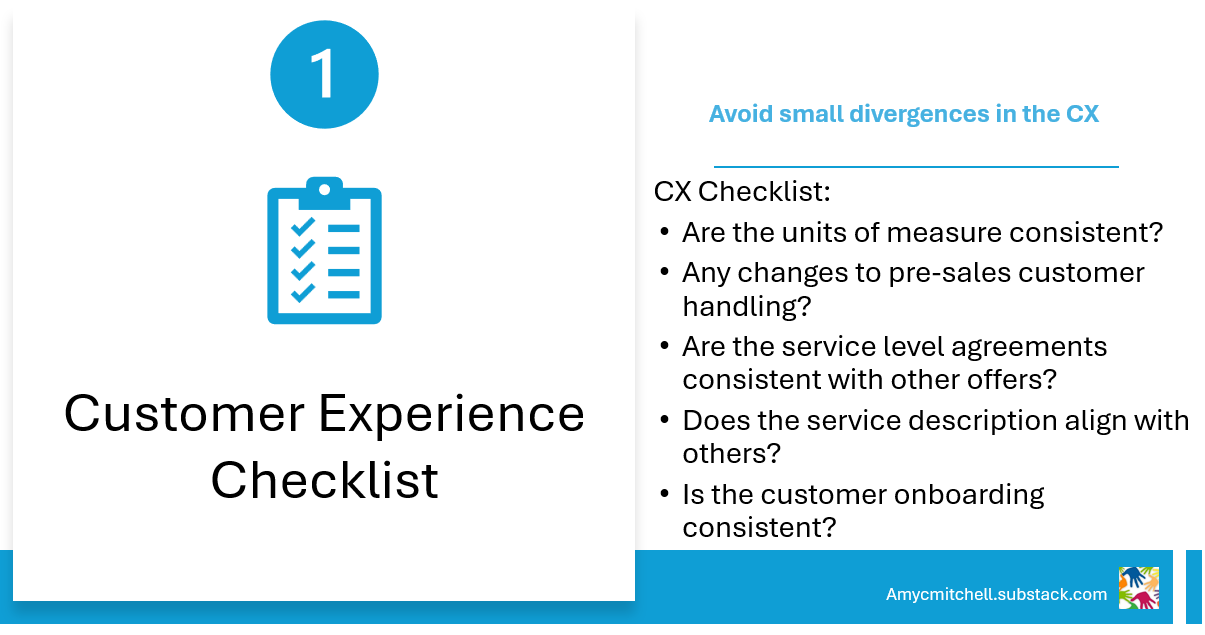You have just seen the best demo from engineering on a set of new features. Your customers are going to be delighted that you are finally delivering these long-requested features. Your happy reflection is interrupted.
It's your boss calling.
Your boss learned from marketing that a related product is launching 1 month after your feature is launched. The leadership team wants to launch your features with the new product. Besides delaying your launch, you need to rework your product to link to the new product.
On top of this disappointment, you must lead your product team through this adjustment. Luckily your resourceful product team sees the benefit of this change. You and your product team pivot to the new launch strategy.
Disaster averted! Leadership collaboration avoided sales and customer confusion with disconnected launches.
You pride yourself on minimizing dependencies and getting your product shipped fast. How can you coordinate products without slowing down?
Why Coordination Feels Hard (But Doesn't Have to Be)
Many product managers think "I'll handle my part". Relying on others outside your product team feels risky. You might have to wait for help from outside.
It takes real effort to connect to other product teams. There are more processes and meetings. You are barely keeping up now. How can you possibly add coordination to your busy schedule?
Go-to-market teams can connect the dots of different products coming out. Right?
Is there a low-effort way to align early with product managers and reduce rework?
The Lightweight Approach to Product Management Alignment
Most product managers want less process to save time. However, rework just before release is unproductive. Pooling your product work into a self-serve structure helps with alignment earlier in the process.
1. Unified Customer Experience and Service - Before Features Diverge Too Much
Product managers rarely can pause in the middle of requirements and design to check CX and service alignment with existing and new products. However small divergences add up.
Self-serve solution: Customer experience checklist to align on operational principles
Mock-ups of new offers for the team to see
Are the units of measure consistent with other offers?
Any change to pre-sales customer handling?
Are the service level agreements (SLAs) consistent with similar offers?
Can the service description fit with other service descriptions?
Benefit: Avoids small divergences in the CX
2. Pricing, Packaging and SKU Consistency - For Sales and Ops Alignment
A catalog of products, features, and services in one place.
Self-serve solution: A single source of truth for released items:
SLAs for each offer
Service descriptions
Ordering guides and SKU lists
The ordering guide includes pricing examples and how to get sales support.
Benefit: Sales and operations teams aligned with product plans
3. Pre-Filled Materials - So Product Managers Save Time Working Together
Ready to use templates to prepare for release and GTM summaries
Self-serve solution: Templates with notes to use:
Market data for the domain: analyst reports, relevant news items
Latest GTM material: 1 pagers, FAQs, sales enablement material,
Product manager templates: business case, requirements summary, service descriptions, launch KPIs
Benefit: Product manager time savings
4. The Product Manager Dashboard - One-Stop Shop for Visibility
A simple tracker in a shared space of active product work. Easy way to know what is being worked on. Conflicts and dependencies can be spotted at a glance. Leaders can opt-in to view the big picture of the product management efforts.
Self-serve solution: Summary view of product releases and GTM
Release plans coming into unified pricing and descriptions
Collection of releases for launches
Versioning on pricing and descriptions
Benefit: One-stop for visibility
Putting the Pieces Together: Coordination Has Benefits
Can this work with independent and busy product managers? Yes! The value comes from light collaboration to use the same structured shared space.
It comes to taking the first step to set up a structure and use it. When product managers start building off of each other's work, then the value follows.
It begins with taking these small steps:
Create a shared folder for your product group
Put your latest product material in the shared folder
service description
customer FAQ
First draft product manager dashboard in the shared folder
Your next release and timing
The changes coming: pricing, ordering, SLAs, customer experience differences
Launch timing
Let the rest of the product managers know about this shared resource
Drop in their materials
Add their releases to the dashboard
Use the product manager dashboard to coordinate launches with marketing and sales
This approach enables the product managers to stay independent but informed.
Smart Coordination - Align Without Slowing Down
At first, coordination can feel like an extra burden. But in reality, it’s an investment that saves time and reduces rework. By taking small, lightweight steps—like using shared CX guidelines, pricing consistency, pre-filled templates, and a simple PM dashboard—makes coordination easy without slowing anyone down.
The best part? When product managers start building off each other’s work, the value compounds. Instead of scrambling at the last minute, you and your peers stay informed, prepared, and ready for smooth execution.
🔹 Less rework. More clarity. Just enough structure to keep everything moving.
Last week’s backstory for paid subscribers was about using intuition in big decisions. Intuition plus Facts in Decisions - Did it work?
Paid subscribers get access to 10+ templates and quick start guides.🎁
TLDR Product listed Product Management IRL articles recently! This biweekly email provides a consolidated email of recent product management articles.
Check out Product Management Free Resources for free product management resources or upgrade for access to more product management resources!
Connect with Amy on LinkedIn, Threads, Instagram, and Bluesky for product management insights daily.










PMs say they hate meetings, but nothing generates more “urgent” alignment calls than realizing two products are about to launch completely disconnected.
Build fast, launch faster, win together.